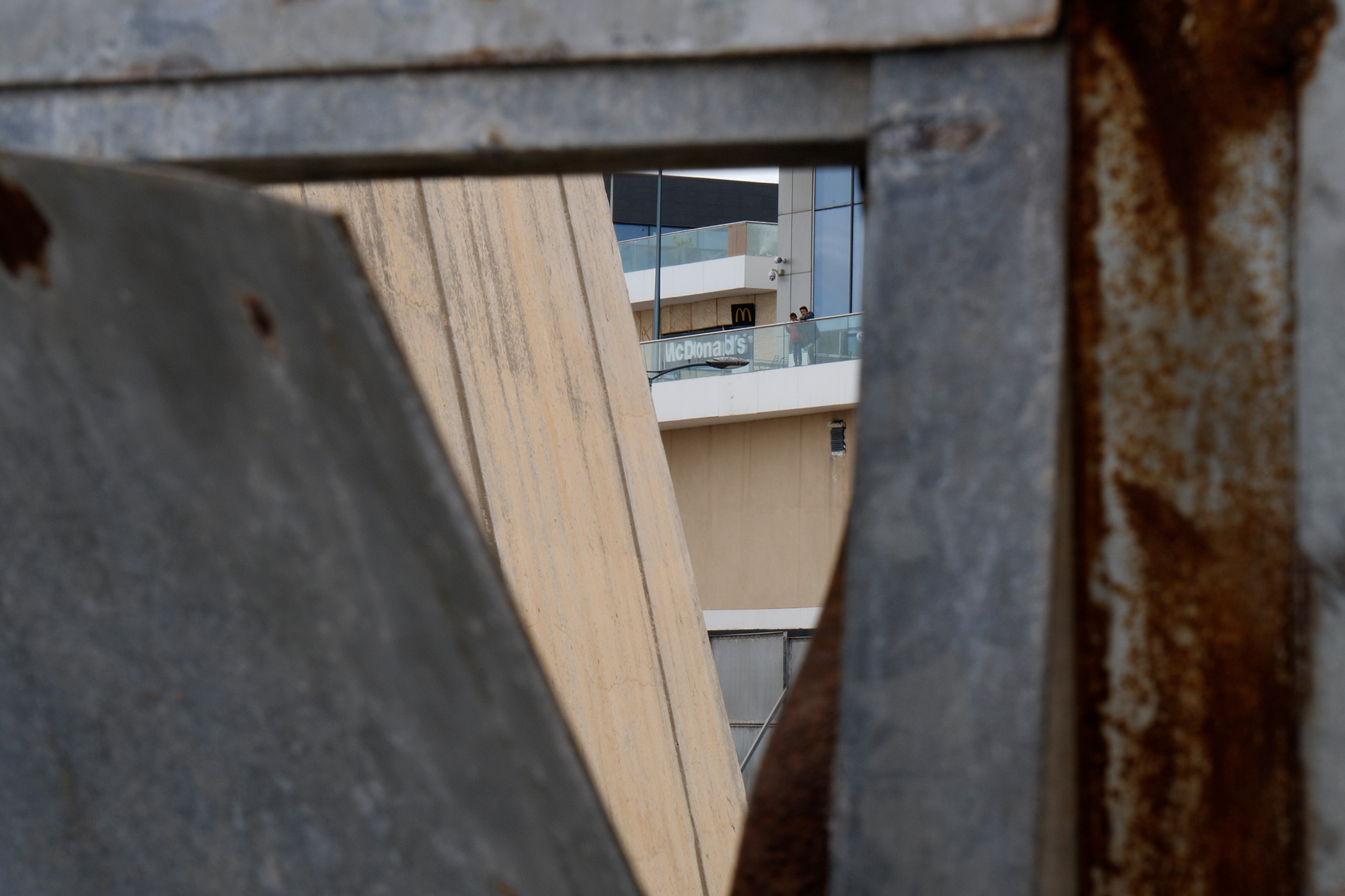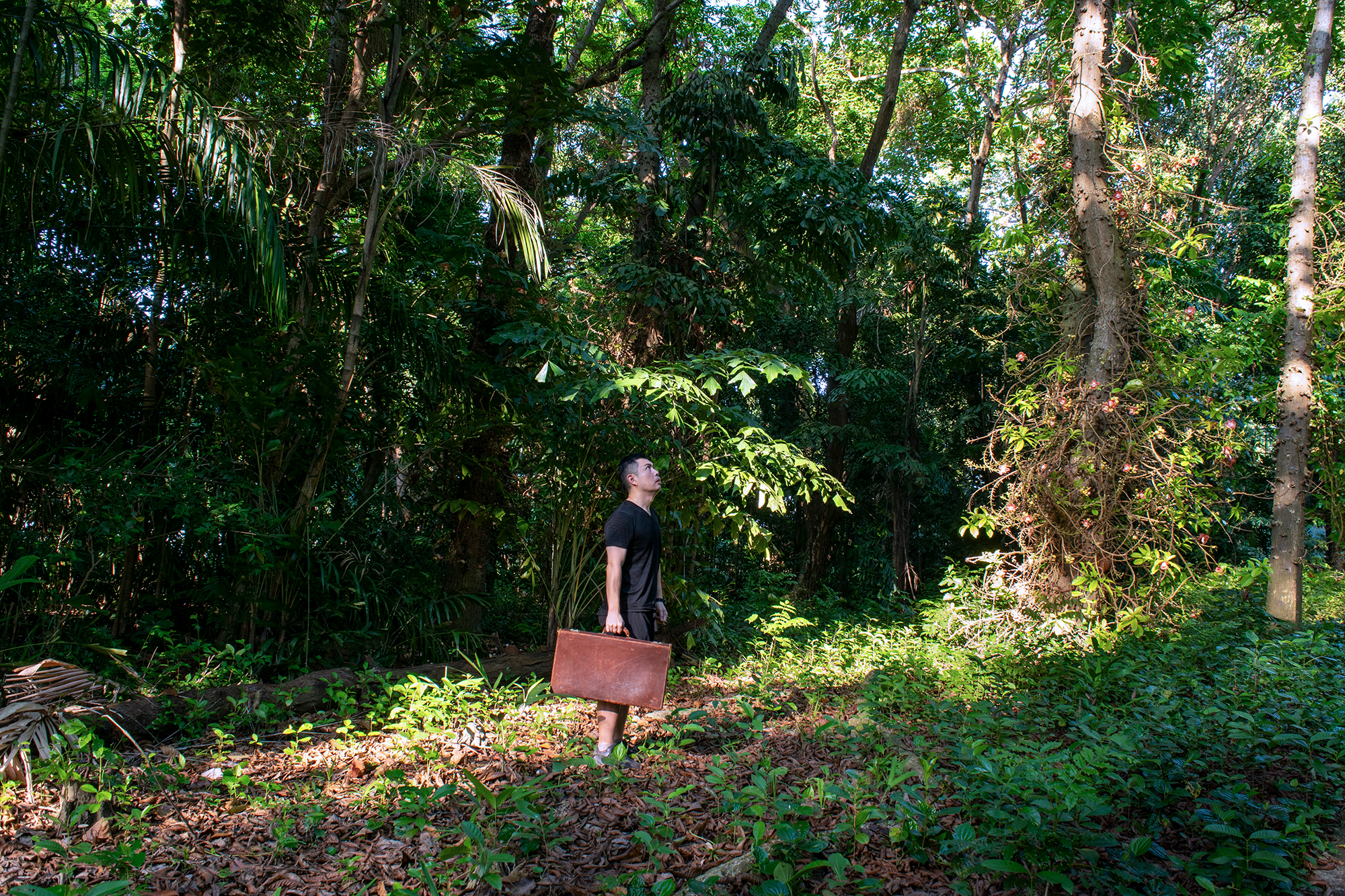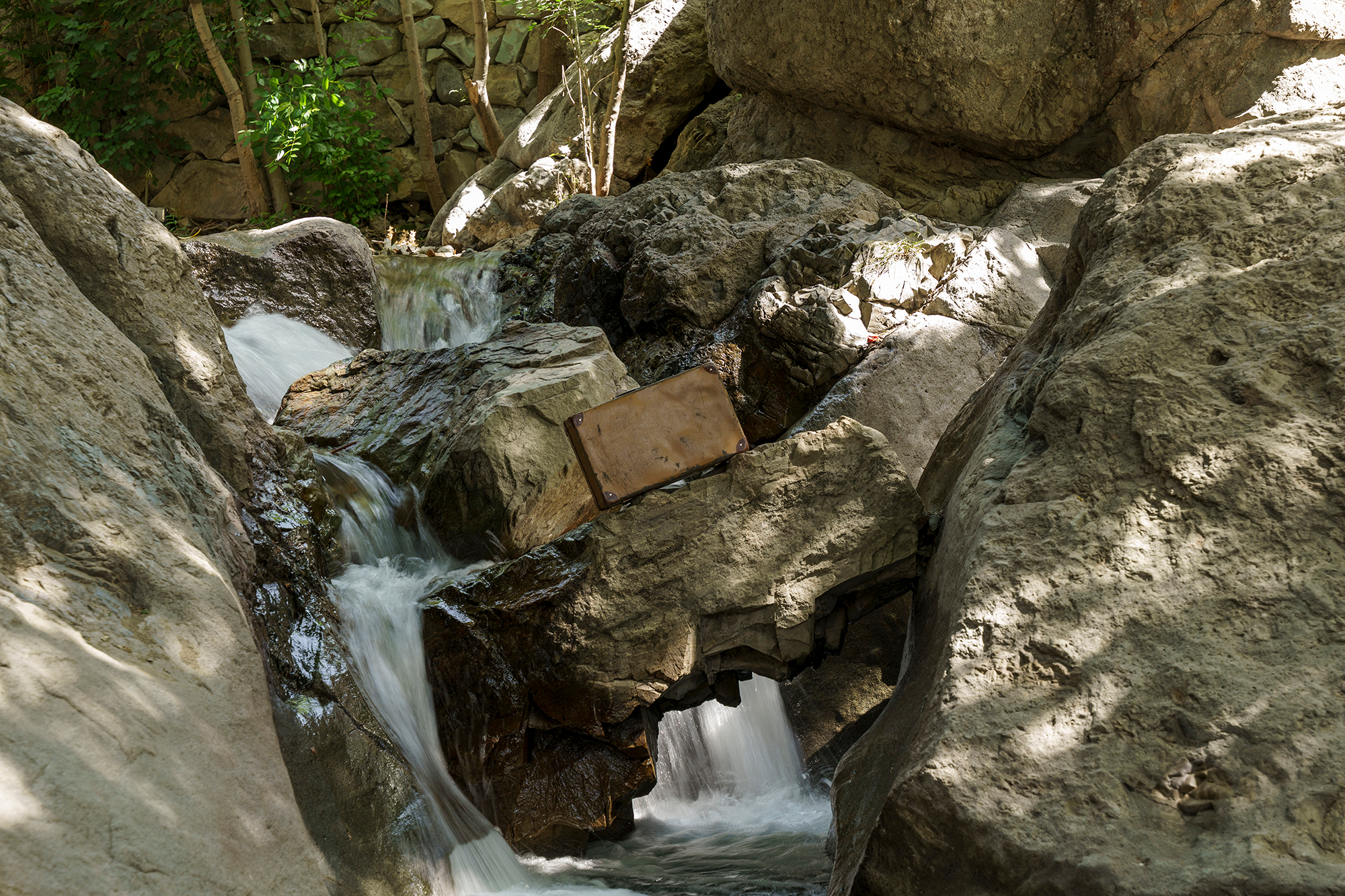How does one inhabit emptiness? There is a tension and struggle inherent to the space between the will of preserving its void and the will of the forces that wish to occupy it.
For Katerina Koskina, director of EMST (National Museum of Contemporary Art, Athens), the complexity of emptiness and its overabundance of possibilities has been a dilemma from the moment she first visited the Museum building in December 2014. The building stood unfinished; complete in structure but internally void. For a director or curator, inhabiting an empty building designed to become a museum encapsulates the struggling dualities of spatial realization. The architecture, especially when interesting, amplifies the emptiness and little by little imposes its ‘presence’, while simultaneously consolidating the idea that “it is better to have an interesting empty building rather than a full one without a concrete aim.” This conflict between emptiness and fulfillment became for the director of EMST a fixation and the subject matter of conversations between her and curator Lanfranco Aceti. The context of this dialogue is their agony for the realization of any exhibition starting from zero, which becomes more imperative in the case of the opening of a museum. From their discussions emerged the project empty pr(œ)mises.
empty pr(œ)mises is a struggle between the promise of a future idea and the process of realization in the empty premises which could host it. The promises of a future museum clash against the reality of the premises, which oblige a re-evaluation of the idea itself, but also of our identity in relationship to the promises made. The infinite possibilities of realization embedded in the promises of a space and the restrictions of contemporary spatial and socio-political realities inherent to the premises entangle with the role that the virtual and physical premises play both as space and context. These multiple interconnections can either support or disrupt the potential fulfillment and manifestation of the functions of promises and premises.
In the complex entwining and conflicting negotiations of ideas, place making, materials and technologies as well as architectural and engineering structures, lies the struggle in defining art spaces, processes, actualizations and materializations. These are a reflection of socio-political and cultural phenomena that shed a light on the ontology of an aesthetic that is both of being and becoming.
The physical premises, as both aesthetic and architectural structures of being and becoming, transform and condition the conceptual premises that underpin the development of ideas, artworks and interactions within a general process of being constantly in fieri.
The artworks in fieri, in their possibility of being or never being realized, redefine engagement with the multiple forms of everyday reality and of the necessity of actualization and resistance of both promises and premises. These are molded by a range of contextual factors that do not necessarily respond just to aesthetic or philosophical underpinnings, but to the phenomenological realities of our culture and socio-political times. The specific realization of actualization and resistance of pr(œ)mises is visible in the current socio-political climate in Greece as a reflection of world turmoils. Greece is a country in a state of socio-political emergency, within which decisions with financial repercussions are constantly called into question—including the existence and operation of a huge, much awaited, National Museum of Contemporary Art.
The impact of the financial crisis and the years of unresolved administrative issues have left a beautiful, new and completed building – funded by the European Union and Greece – unutilized. The old Fix brewery became a landmark in the sixties by the legendary architect of Greek modernity, Takis Zenetos, with the collaboration of Margaritis Apostolidis and was turned in a Museum building by the 3SK architectural studio. Now, after having transferred to the new building in 2015, EMST has to be financially supported in order to operate and fulfill its institutional purpose of bringing into being a national collective vision.
The constant process of becoming – in its static phase of suspension between being and non-being – allows time for reflection, in spite of a contemporary global context characterized by immediacy and speed. It is in this phase of suspended existence that opportunities arise, are evaluated, actualized or discarded.
Promises and premises are not necessarily actualized in their original form, or within their envisaged modalities, but as a result of opportunities and chances. The space itself at times appears to dictate what is and is not to be. The voice of the space and even the documentation of this creative struggle becomes an opportunity to envisage art, curatorial approaches and aesthetic practices which otherwise would not have a space to exist.
An archive of emptiness and opportunities, in fieri characterizes this international project which looks at art, curating and critical writing as a reflection on what may come, what is forthcoming, what could have been and what never will be. It is a reflection on the notion of emptiness, but also on the understanding of premises and promises, which are made of both opportunities and betrayals.
The promise of premise, and the premise of promise, applies even more so in the case of the long awaited opening of EMST. What impact will the Museum have in the city and the country’s life through its artistic, theoretical, social, educational and entertainment policies? Will the building be used only to host its international collection of contemporary art, showcase the works of the little known, although vibrant and active Greek art scene, or will it be a living space, a kind of work in progress, permanently changing to follow its own process of completion? How can such a challenging goal be reached?
The two curators realized that this dialogue should expand and include one of the most important factors of a museum—the artists themselves. The curators hereby invite them to test their ideas and visions of creatively occupying an empty space within the Museum. The international selection committee (Lanfranco Aceti, Bart De Baere, Katerina Koskina, Barbara London, Monika Szewczyk) seeks superior innovation, testing preconceived notions of the Museum as a notion while exploring the infinite possibilities of empty spaces in the Museum.
We believe the proposed works or projects will provide EMST, which is currently trapped in between promises and premises, with answers to this conflicted identity with the ultimate goal of the realization of some. The important factor is that a dialogue will have begun and will be recorded as a web project by EMST and the Museum of Contemporary Cuts and as an electronic publication by the Leonardo Electronic Almanac – MIT Press supported by Arts Administration @ Boston University.
Lanfranco Aceti and Katerina Koskina
Publication Agreement Form, PDF
Photo by Panos Kokkinias.




